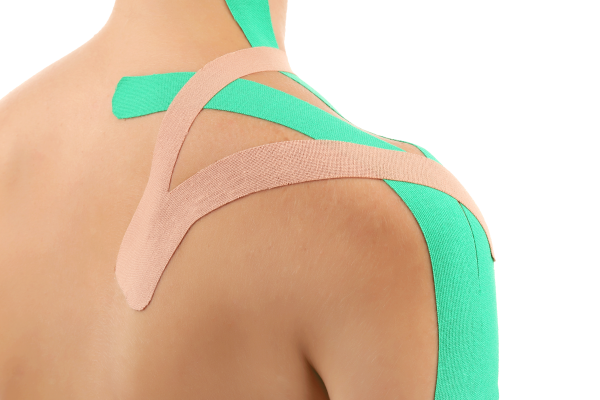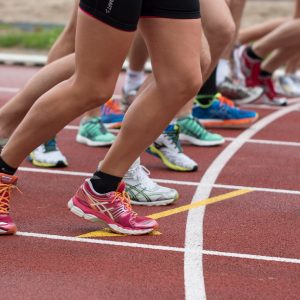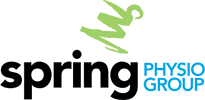The growing years create unique challenges for the sporting teenager.
It is a time where participation rates and volumes are high, and yet the skeleton and muscles are experiencing many changes to length and strength.
It is important during these years to understand that some pains are fairly benign and a normal part of growing, while others may be pointing to an overload of sport for that particular age and stage of development.
Assessment
In assessment you can expect:
- A thorough assessment to ascertain the level, volume and any changes of load of sport
- Physical examination of the injury
- A working diagnosis or referral to other relevant investigations
- An initial plan to begin treatment
Treatment
Treating adolescent sports and spinal injury may involve:
- Rest or restricted volume of sport
- Ice, compression or bracing
- Soft tissue techniques
- Dry Needling
- Taping and bracing
- Early movement exercises to specifically aid repair
- Liaising with school or coach regarding return to sport
- Liaising with other medical professionals involved in the care
Rehabilitation
As treatment progresses the focus of management involves more exercise and education. It is this stage that supervises the exercise and movement from early injury to full recovery and return to sport.
This stage involves:
- Tailoring specific exercises to address muscle imbalances, weaknesses, joint stiffness, and poor motor patterns.
- Education to understand your condition and have a graded return to sport plan.
- Continued liaison with other specialists and coaches.





